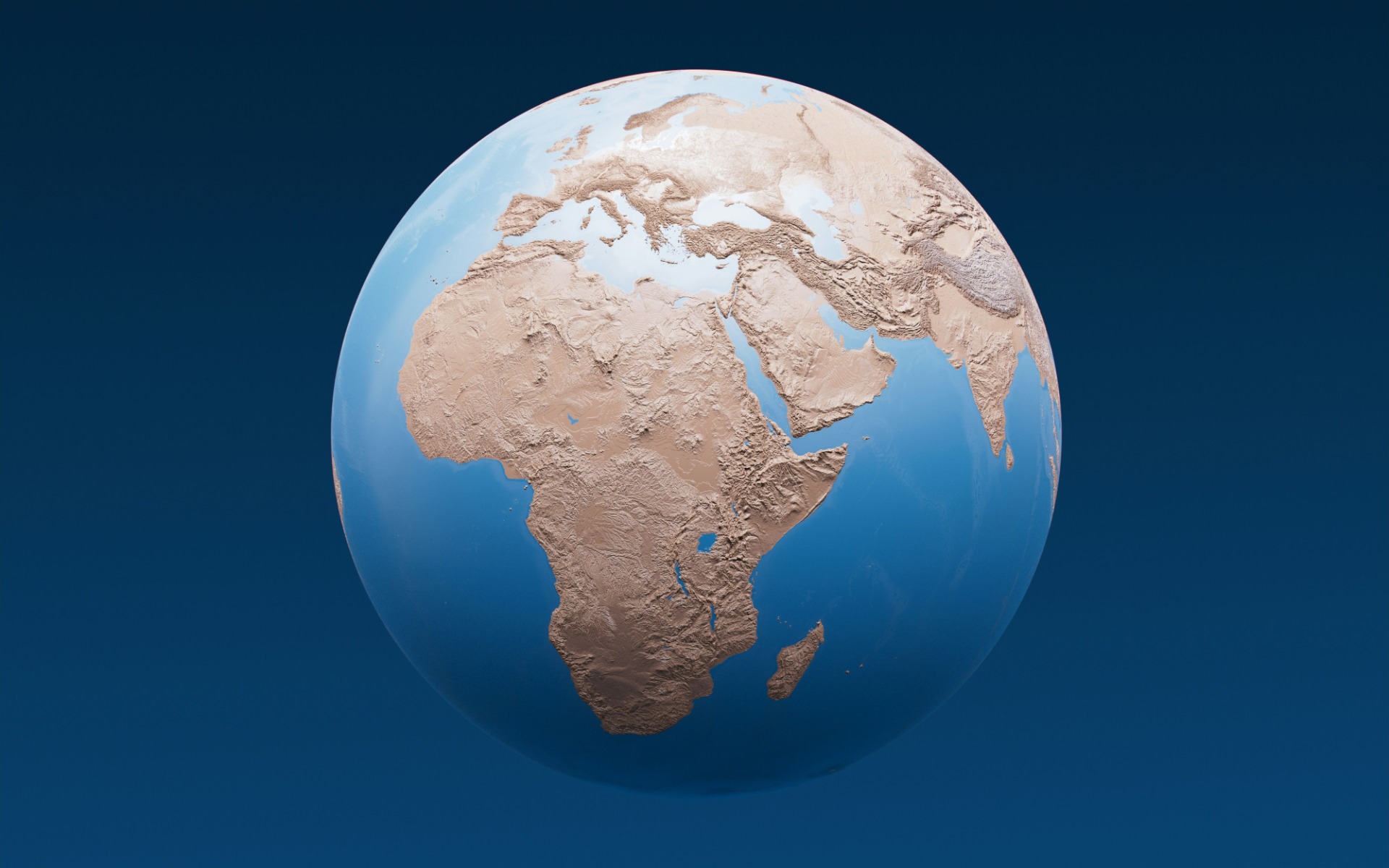Mozambique Coal Extraction
Coal extraction in Mozambique: Focus on the Moatize Basin
Location and Overview
The Moatize Basin is located in the Tete Province, in the western part of Mozambique. The town of Moatize serves as the principal urban center for mining activities in this area. Situated on the eastern bank of the Zambezi River, Moatize is near the confluence of the Zambezi, Moatize, and Revuboe Rivers. This basin is recognized as one of the largest undeveloped coal provinces globally, making it significant to the country's economic landscape.
Reserves and Quality
The Moatize Basin boasts substantial coal reserves, with estimates exceeding 1.9 billion tons of proven reserves as of 2016. Some sources even cite higher figures for total resources within the broader coalfield. The coal found in this basin is primarily coking coal, which is highly valued for steel production, alongside thermal coal used for power generation. The coal is generally classified as bituminous, a category known for its favorable combustion qualities.
One of the key seams exploited in the Moatize area is the Chipanga seam, which has a thickness of approximately 30 meters. This depth plays a crucial role in determining the feasibility and economic viability of coal mining operations in the region.
Current Operations and Key Players
The Moatize Coal Mine, an open-pit operation, stands out as a major player in the basin. Initially operated by Vale, the mine was sold in December 2021 to Vulcan Minerals, a subsidiary of the Jindal Group. Other significant projects and companies with interests in the Moatize Basin include:
Benga Project: Previously managed by Rio Tinto, this project is now under the involvement of Tata Steel and ICVL (International Coal Ventures Pvt. Ltd.).
Chirodzi Coal Mine: Owned by Jindal Steel & Power Ltd., this mine contributes to the regional coal output.
Revuboe Coal Mine: A proposed mine with significant reserves, it attracted interest from JSW Steel Limited (India), which announced plans in May 2024 to acquire a major stake. However, the Mozambican government reportedly revoked the mining lease prior to the transaction's completion.
Carbomoc E.E.: This state-owned company operates the Chipanga XI Mine, further diversifying the coal mining efforts in the Moatize Basin.
Historically, production figures at the Moatize mine have varied, with a planned capacity reaching 15-22 million tonnes per annum (Mtpa). For context, Mozambique's total coal production in 2023 was approximately 11.6 million short tons.
Infrastructure and Logistics
Efficient transportation is essential for exporting coal from the Moatize Basin. Key infrastructure projects have been established to ensure smooth logistical operations:
Sena Railway
The rehabilitated Sena Railway connects the Moatize Basin directly to the port of Beira, enhancing access to international markets.
Nacala Logistics Corridor (NLC)
Operational since May 2017, the Nacala Logistics Corridor, which encompasses both railway and port facilities, provides an alternative export route via the Port of Nacala. This railway has an impressive coal transport capacity of nearly 20 million short tons per year, significantly bolstering Mozambique's export capacity.
Proposed Macuse Deepwater Port
Located in Zambézia Province, the proposed Macuse Deepwater Port aims to enhance export capacity further. Plans include a railway that will link it to the Moatize and Chitima mines, offering another outlet for coal shipments.
Coal Handling and Preparation Plants (CHPPs)
Large-scale Coal Handling and Preparation Plants (CHPPs) exist in the region to process and prepare coal for export. These facilities play a critical role in ensuring the quality and readiness of coal for international markets.
Conclusion
The Moatize Basin represents a vital part of Mozambique's economy, with its untapped coal reserves and expanding infrastructure for coal transport. As various companies engage in mining activities, the potential for economic growth through coal production remains significant. The careful management of natural resources and investment in infrastructure will be crucial for the sustainable development of this region in the years to come.
related content
